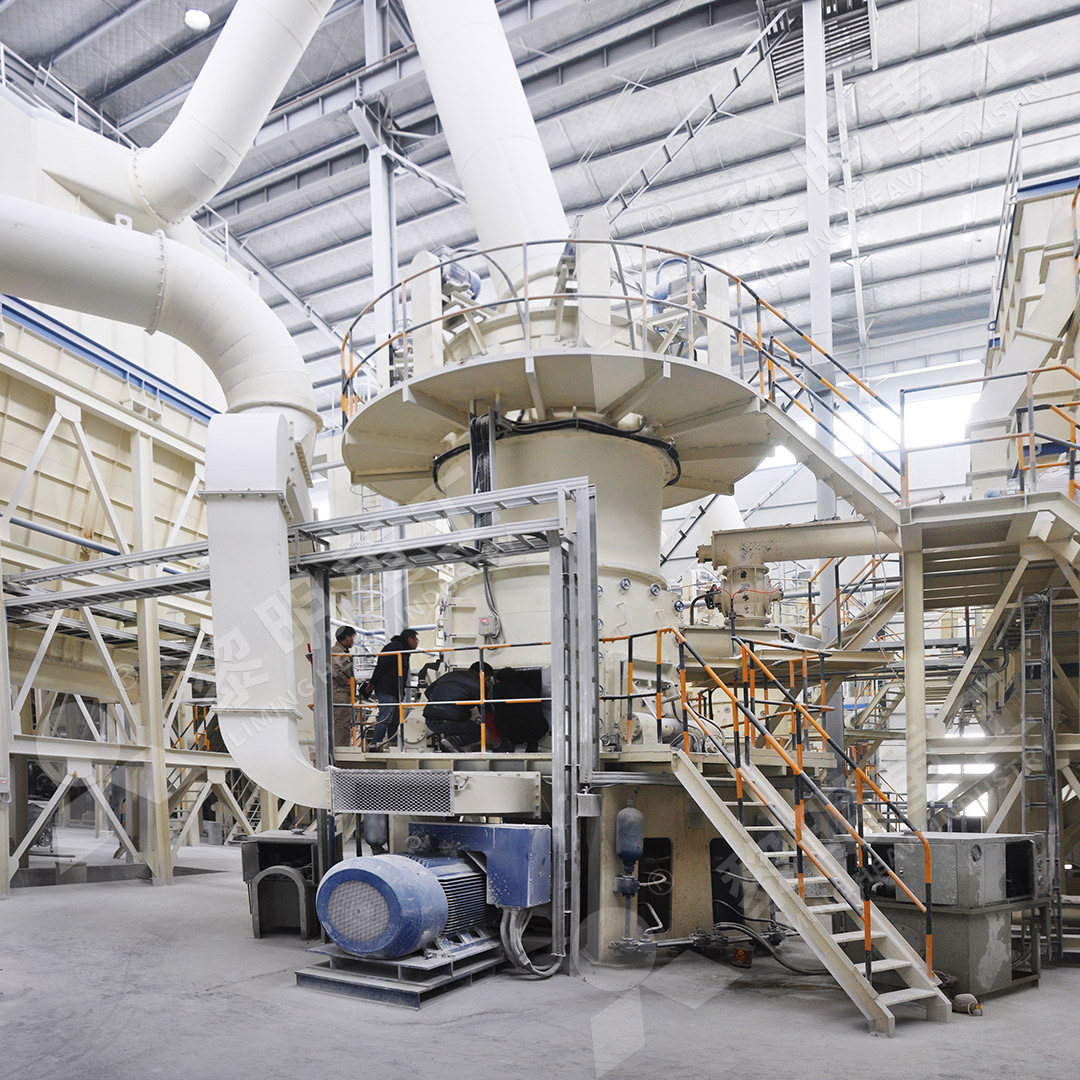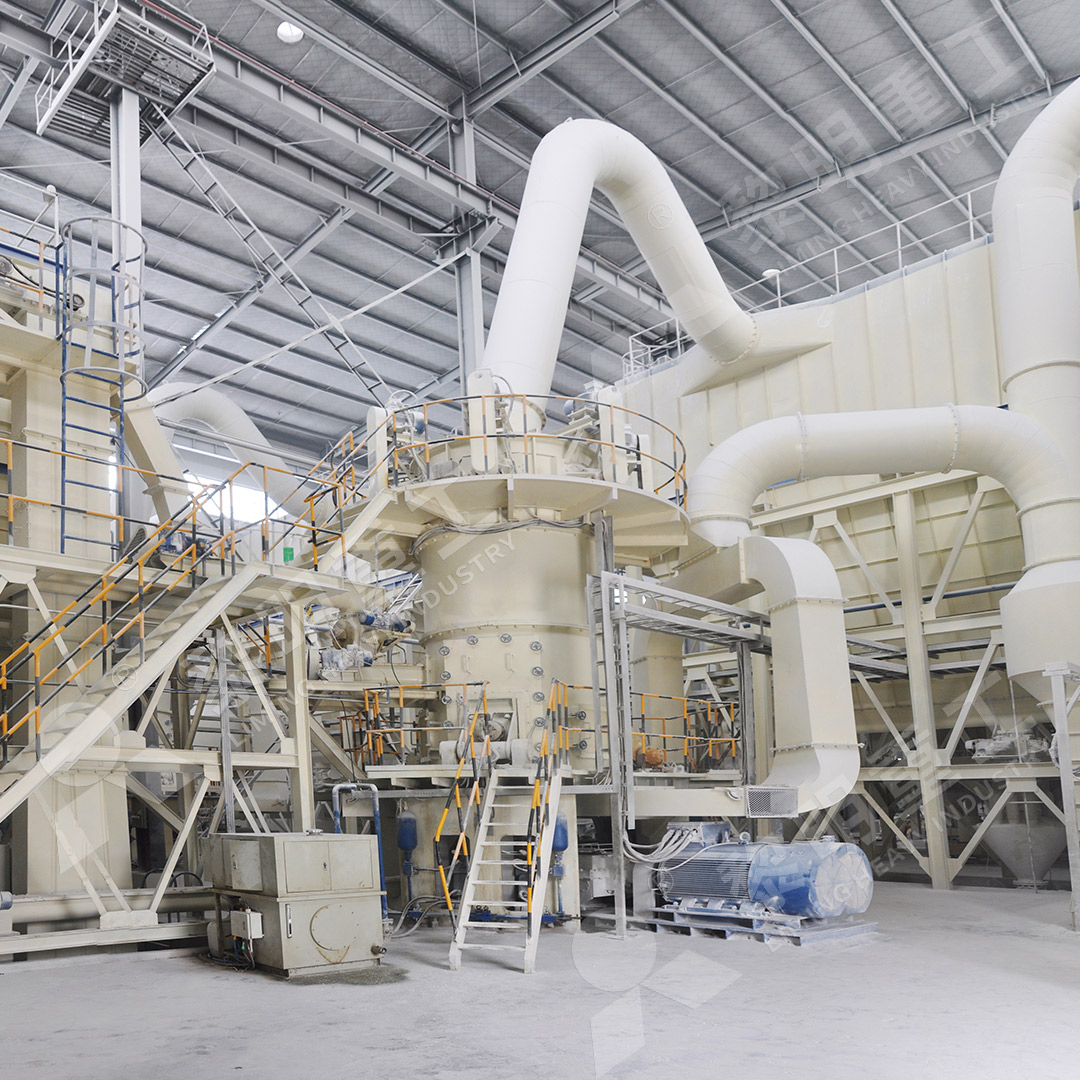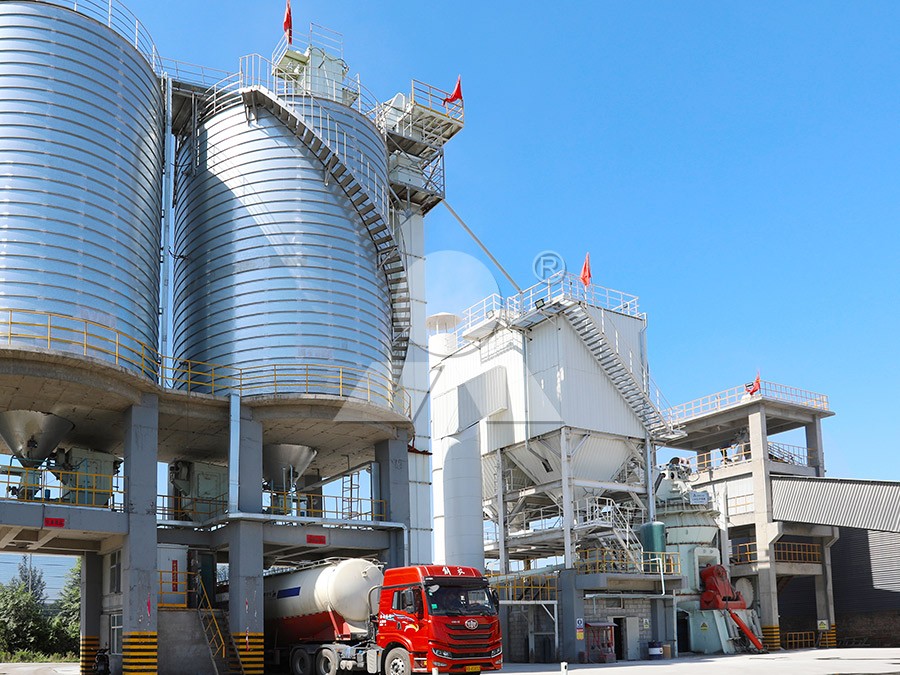How to Operate a Vertical Roller Mill: A Step-by-Step Guide
How to Operate a Vertical Roller Mill: A Step-by-Step Guide
Vertical roller mills (VRMs) have become the workhorse of modern mineral processing and powder production facilities. Their efficient grinding mechanism and compact design make them ideal for various industrial applications. Proper operation is crucial to maximize productivity, ensure safety, and extend equipment lifespan.
Pre-Operation Checklist
Before starting any vertical roller mill, thorough preparation is essential. Begin with a visual inspection of the entire grinding system, checking for any loose components, obstructions, or visible damage. Verify that all safety guards are properly installed and secure. Inspect the grinding rollers and table for wear or contamination from previous operations.
Next, confirm that the lubrication system is functioning correctly. Check oil levels in the gearbox and hydraulic system, ensuring they meet manufacturer specifications. Verify that all cooling water systems are operational and free from leaks. Finally, ensure the material feed system is clear and ready for operation.

Startup Sequence
The startup procedure should follow a specific sequence to prevent equipment damage. First, activate the auxiliary systems including the lubrication system, cooling system, and hydraulic system. Allow these systems to run for several minutes to establish proper flow and pressure.
Next, start the classifier motor and gradually bring it to operating speed. Once stable, initiate the main mill motor, allowing it to reach full operating speed under no-load conditions. Monitor vibration levels and motor current during this phase to detect any abnormalities.
Begin feeding material slowly into the mill once all systems are running smoothly. Start with approximately 25-30% of the normal feed rate and gradually increase over 15-20 minutes. This gradual loading prevents shock to the system and allows the grinding bed to form properly.
Optimizing Operational Parameters
Successful VRM operation depends on maintaining optimal parameters throughout the process. Monitor grinding pressure consistently, adjusting the hydraulic system to maintain the recommended pressure for your specific material. The pressure should be sufficient to create a stable grinding bed without causing excessive vibration.
Control the mill airflow to ensure proper material transport and classification. Insufficient airflow can lead to material buildup, while excessive airflow may reduce grinding efficiency. Adjust the separator speed to achieve the desired product fineness, making incremental changes and allowing sufficient time for the system to stabilize between adjustments.

Advanced Grinding Solutions
For operations requiring ultra-fine powder production, the MW Ultrafine Grinding Mill represents a significant technological advancement. With an input size of 0-20 mm and capacity ranging from 0.5-25 tph, this machine is engineered for customers needing to produce ultra-fine powder efficiently.
The MW Mill features several innovative design elements including newly designed grinding curves that enhance grinding efficiency by 40% compared to jet grinding mills. Its cage-type powder selector, incorporating German technology, allows precise fineness adjustment between 325-2500 meshes. The unique design eliminates rolling bearings and screws in the grinding chamber, eliminating concerns about bearing damage or loose screws causing machine failure.
Another exceptional option for precision grinding applications is the LUM Ultrafine Vertical Grinding Mill, which integrates ultrafine powder grinding, grading and transporting in a single unit. With input size of 0-10 mm and capacity of 5-18 tph, this mill features unique roller shell and lining plate grinding curves that generate material layers more effectively, enabling high rates of finished products through single-pass powder milling.
Normal Operation Monitoring
During regular operation, continuous monitoring is essential. Track motor current consumption, which provides valuable information about the mill’s loading condition. Monitor vibration levels using installed sensors, as increased vibration often indicates problems with the grinding bed or mechanical issues.
Regularly check the product fineness through laboratory analysis and adjust operational parameters accordingly. Monitor the mill’s differential pressure, which indicates the resistance to airflow through the mill and can signal material buildup or other issues.
Shutdown Procedure
Proper shutdown is as important as correct startup. Begin by gradually reducing the feed rate to approximately 25% of normal operation. Once the reduced feed has passed through the system, stop the feed completely. Allow the mill to continue operating for several minutes to process any remaining material.
Stop the main mill motor once the grinding table is clear of material. Continue running the classifier for additional 5-10 minutes to ensure all fine material is cleared from the system. Finally, shut down the auxiliary systems including the lubrication and hydraulic systems.

Routine Maintenance
Regular maintenance ensures long-term reliability and performance. Schedule routine inspections of wear parts including grinding rollers, table liners, and classifier blades. Check lubrication system filters regularly and replace as needed. Monitor hydraulic system fluid quality and change according to manufacturer recommendations.
Keep records of operational parameters and maintenance activities to identify trends and anticipate required maintenance. Implement a predictive maintenance program based on vibration analysis and lubricant condition monitoring to prevent unexpected downtime.
Frequently Asked Questions
What are the most common operational problems with vertical roller mills?
Common issues include unstable grinding bed formation, excessive vibration, poor product fineness control, and roller wear. These can often be addressed through proper parameter adjustment and regular maintenance.
How often should wear parts be replaced?
Replacement frequency depends on material abrasiveness and operating hours. Generally, grinding rollers and table liners require inspection every 2,000-4,000 operating hours, with replacement typically needed between 8,000-15,000 hours.
What is the typical energy consumption of a vertical roller mill?
Energy consumption varies by application, but modern VRMs typically consume 30-50% less energy than traditional ball mills. The MW Ultrafine Grinding Mill, for instance, reduces system energy consumption to just 30% of equivalent jet grinding mills.
How do I optimize product fineness?
Product fineness is primarily controlled through separator speed adjustment. Increase separator speed for finer products, decrease for coarser materials. Make incremental changes and allow sufficient time for the system to stabilize between adjustments.
What safety precautions are most critical?
Always follow lockout/tagout procedures during maintenance. Never operate with safety guards removed. Monitor CO levels in the mill during startup and operation when processing combustible materials. Establish clear emergency shutdown procedures and ensure all operators are trained in their implementation.
